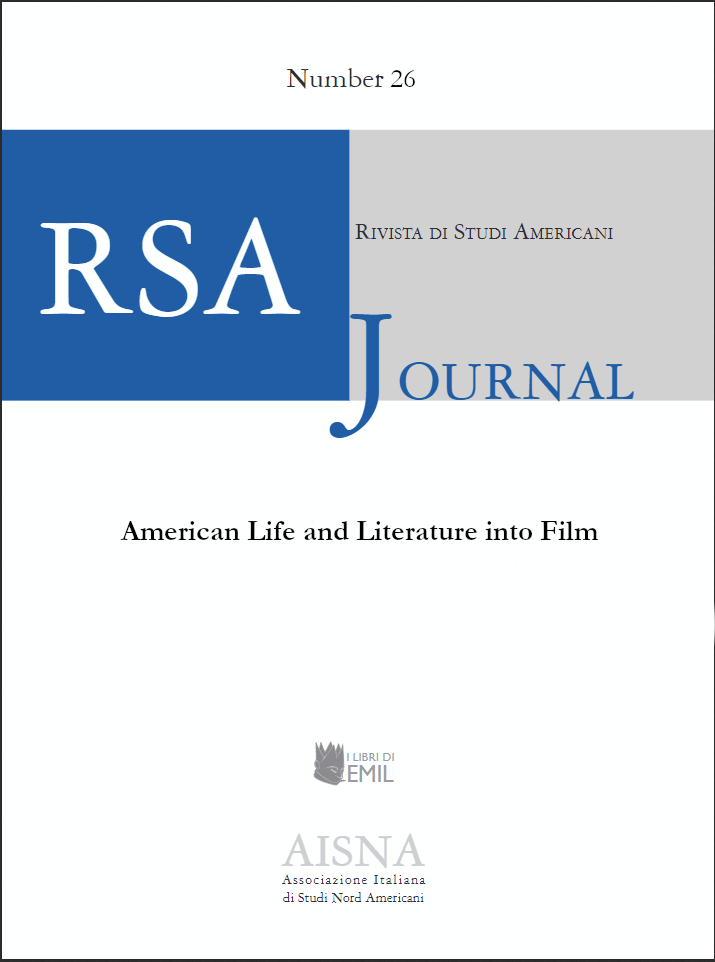“Authorizing for oneself a place in the world”
Coming of Age in Jhumpa Lahiri’s and Mira Nair’s “The Namesake”
DOI:
https://doi.org/10.13135/1592-4467/8646Parole chiave:
intergenerational conflict, Indian Americans, immigrant life, diasporic experienceAbstract
Jhumpa Lahiri’s 2003 novel The Namesake unfolds as the Bildungsroman of Gogol, the child of Bengali immigrant parents who is torn between his American upbringing and his Indian ancestry. Fraught with the most intimate aspects of the intergenerational conflict of immigrant lives in America, Lahiri’s narrative is reframed in a 2006 movie by the director Mira Nair. Nair’s The Namesake emerges as a collectivizing work, aiming at establishing a spatial and an emotional continuity between India and America. This article discusses how the narrative dissonances and the communicative voids that mold the protagonist’s angst in the novel are rendered by the power of the camera. By reinserting the Indian American second generation in a web of collective fruition, Mira Nair’s gaze illuminates the protagonist’s existential transformation, and at the same time grounds the South Asian diasporic experience onto an American, as well as a global realm of recognition.
##submission.downloads##
Pubblicato
Fascicolo
Sezione
Licenza
Avviso sul Copyright
RSAJournal applica una licenza CC BY-NC-ND a tutti i suoi contributi. Questa licenza consente agli utenti di copiare e distribuire il materiale in qualsiasi supporto o formato solo in forma non adattata, per scopi non commerciali e a condizione che venga esplicitato/a l'autore/autrice dell'opera. CC BY-NC-ND include i seguenti elementi:
- BY: L'autore deve essere riconosciuto come tale.
- NC: Sono consentiti solo utilizzi non commerciali dell'opera.
- ND: Non sono consentite opere derivate o adattamenti dell'opera.
Gli autori che pubblicano con questa rivista accettano i seguenti termini:
- Gli autori conservano il copyright e tutti i diritti di pubblicazione per i loro contributi alla rivista.
- Gli autori concedono alla rivista il diritto di prima pubblicazione in base alla licenza internazionale Creative Commons Attribution-NonCommercial-NoDerivatives 4.0, che consente ad altri di condividere l'opera non modificata per scopi non commerciali a condizione che venga esplicitato/a l'autore/autrice dell'opera e la sede di pubblicazione iniziale (questa rivista).
- Gli autori sono in grado di stipulare accordi contrattuali separati e aggiuntivi per la distribuzione non esclusiva della versione pubblicata dalla rivista (ad esempio, per inserirla in una repository istituzionale o pubblicarla in un libro), con l'indicazione che il contributo è stato precedentemente pubblicato in RSAJournal.




